Contents
What is a DC Motor Controller?
A DC Motor Controller (Direct Current) is a particular type of electric device that transforms electric energy into mechanical energy. DC motors receive electrical power by utilizing direct current and then goes ahead to convert this sort of energy to some automatic rotation.
DC motors are almost everywhere. They use the magnetic field generated by the generated current. These currents are the currents that drive the rotor fixed on the output shaft. The speed and the output torque depend with both the design of the motor and the electrical input.
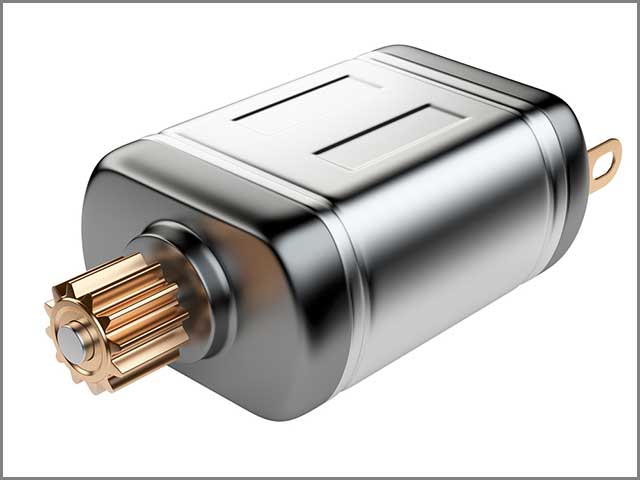
How does a DC Motor Controller Work?
DC motors vary in power and size. You can find significant mechanisms used to pull hoists and elevators, power vehicles, to small ones found in toys. But again, how does a DC motor work? DC motors consist of two essential parts: an armature and a stator. The stator is the permanent part of the engine, and the armature is the rotating part.
A DC motor uses stationery sets of magnets found in the stator in addition to a coil of wire. The loop of wire has a current that runs through it generating an electromagnetic field that is aligned. One or more coil windings of the insulated wire get wrapped surrounding the core of the motor for purposes of concentrating the magnetic field.
The windings of the insulated wire get connected to a rotary electrical switch (commutator), that goes ahead to apply an electrical current to the coil windings. The rotating electrical switch allows every armature coil to get energized, thereby creating torque or a steady rotating force.
Upon turning on and off the coils in sequence, there is the creation of a magnetic field that interacts with different areas of the stationary magnets creating torque. These fundamental operating principles allow DC motors to convert electrical energy from direct current to mechanical energy that can use for propulsion equipment. All this is through a rotating movement.
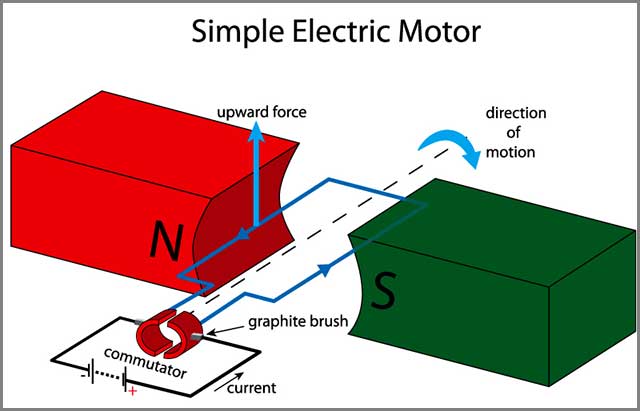
Who Invented the DC Motor Controller?
A DC motor is an outstanding piece of electrical device that has revolutionized peoples lives in many different ways. But who was the inventor of the DC motor? Just every other innovation, there are plenty of people who played a role through the development of other equipment.
In the United States, Thomas Davenport was the inventor of the first electric motor. Davenport was the first person to go ahead and seek a patent for a useable electric motor. It was back in 1837. However, Davenport was not the first person as such to build an electric motor as other inventors in Europe had developed more powerful version earlier.
The reason why he praised Davenport as the original inventor is because he applied for a patent earlier. In 1834, Jacobi Moritz had already presented a highly powerful motor (three times more powerful) than that of Davenport. A year later, Sibrandus Stratingh and Christopher Becker demonstrated a practical application of the electric motor.
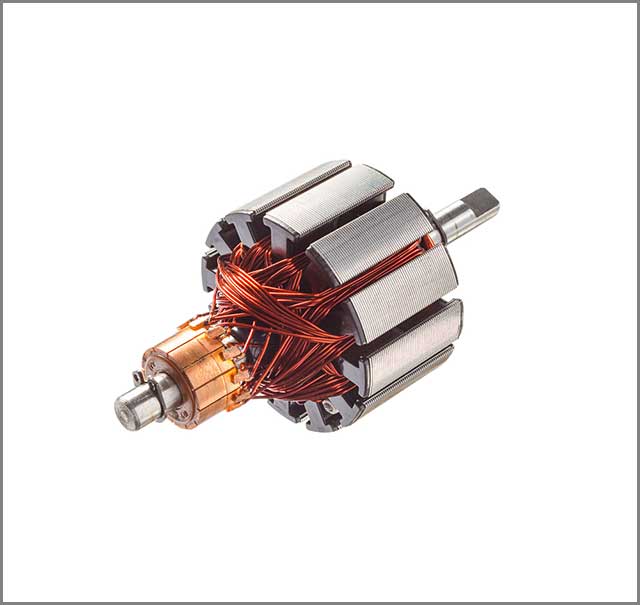
Types of DC Motor Controllers and DC Motor Control
There are several types of DC motors worth knowing. So far, this guide has extensively explained what DC motors are, their functionality, and their history. At this point, we will look at the types of DC motors. In short, there are four main types of DC motors, as highlighted below:
Brushless DC motors
These also go by the name synchronous DC motors or electronically commutated motors. The main difference between these types of engines with the rest is that they lack a commutator. However, this is replaced by a servo mechanism that can detect and subsequently adjust the rotor angle. Brushless DC motors are durable and safe.
Brushed DC motors
These are the original DC motors that date back to the initial design by Sprague. While they remain popular for paper machines, cranes, and still rolling mills, their popularity is lately fading.
Shunt DC motors
These are a type of brushed motors with field windings connections in parallel with the armature. They have lower current due to the parallel windings. Shunt motors find a lot of use in several applications the need a constant torque. Mixers, conveyor belts, and hoists rely on them the most.
Series DC motors
These are the final variety. The field windings connected in series distinguish them from parallel engines. It means, therefore, that the armature current does pass through the field winding, creating much faster speeds. Series DC motors are ideal for tasks that demand high starting torque.
When it comes to DC motor control, there following are the most common methods:
Direction controller: H Bridge
H bridge circuit comes in as one of the simplest ways of controlling a DC motor. Here you will find four switches controlled in pairs. When either of these pairs gets closed, they immediately complete the circuit and subsequently power the motor. H-bridge can also control the speed.
Speed Controller: Pulse Width Modulation (PWM)
PWM circuits vary the speeds of the motor by simulating an increase or a reduction in voltage supply. PWM is easy and inexpensive to apply, an aspect that allows continuous control of the motor speed. Here, you will find adjustable speed drive controllers that work by sending periodic pulses to the motor. When the inductance of the coil using a conventional pulse brings some binding smoothing effect, The electric motor is like being powered by high or low voltage.
Armature Controller: Variable resistance
This is another way of affecting a DC motor speed. Here the current fed either through the armature or field coil is varied. If you are keen, you will notice that the speed of the output shaft changes when there is a change in the current of the coils. Variable resistors can change the current so that you can increase the speed.
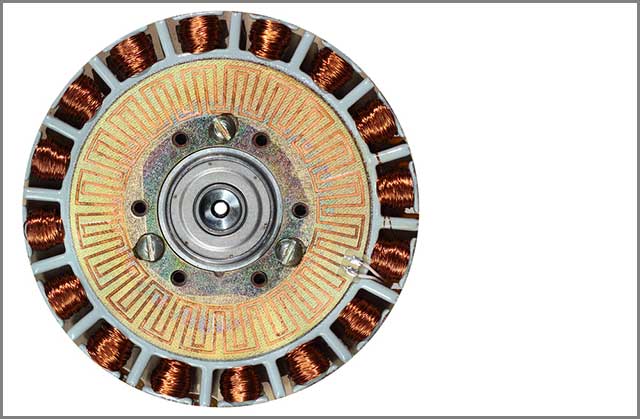
What You Need to Know When Buying DC Motors
Purchasing DC motors is easy. All you have to do is to find your supplier, negotiate a deal, pay for it and pick your goods, right? If you think so, then you are wrong. There are a few essential things that you need to consider before purchasing your DC motors. Here are a few crucial factors to consider:
Voltage
The higher the energy, the higher the torque. Energy keeps net current flowing in a single direction. Be sure to check on the recommended tension of the DC motor in the instruction manual. If such is missing, head elsewhere.
Current
Current powers the motor, and too much of it is dangerous as it will damage the engine. Ensure that you know the operating and stall current of your DC motor controller before purchasing one.
Velocity
Velocity is somewhat complicated when it comes to motors. Motors perform effectively at high speeds, but such is not possible if gearing is necessary. Adding gears do not limit the efficiency of the engine. Therefore, you need to take into account torque and speed reduction as well.
PCB material in them
The type of printed circuit board material used in the manufacture of your DC motors matters. Selecting DC motors consisting of PCBs with inferior materials is risky for DC motor control needs.
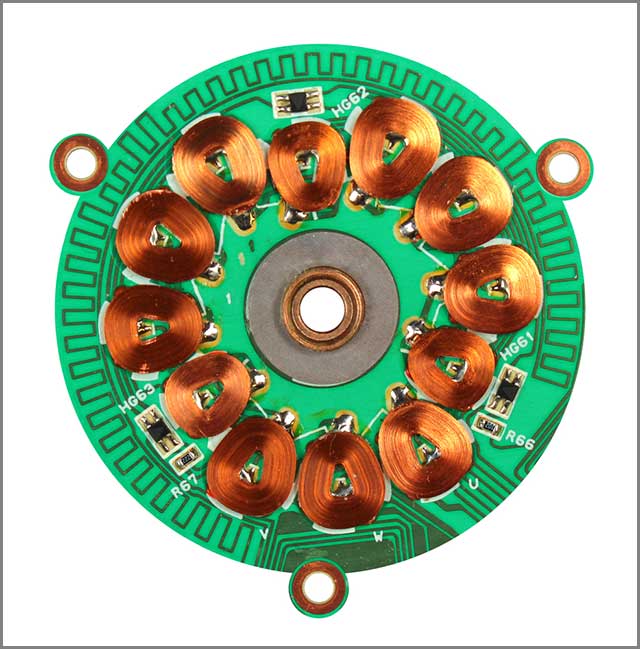
Why Choose a DC Motor?
While you have the option of using AC motors, highly recommend DC motor as the first choice. But why, you may ask. DC motors come with a few advantages compared to AC motors. For instance, they are excellent when you need high starting torque aimed at driving high inertia loads. Additionally, it is easy to control the speeds of DC motors, unlike AC motors.
DC motors are also ideal when they need powering from low voltage DC sources, such as solar panels or a battery. If you want to reverse the direction quickly, then you will find DC motors ideal for your applications. Unlike AC motors, you can start and stop DC motors rapidly and with a lot of ease.
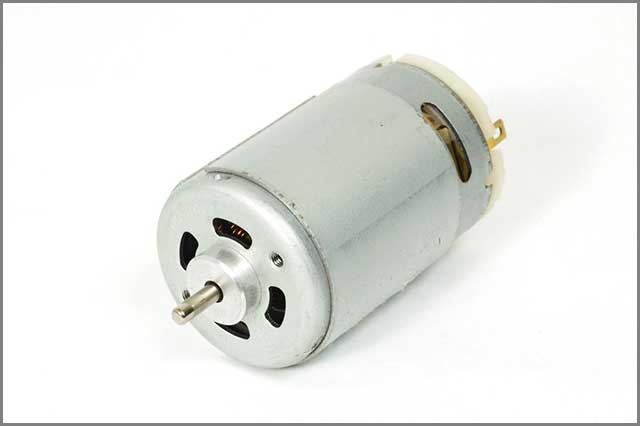
Application Areas of DC Motor Controller
Since there are various DC motors on the market now, we widely use them. At home, DC motors find their use in toys, tools, and other household appliances. In the industrial sector, their demands include runs across turntables to conveyors, and reversing, to mention but a few. The following are just a few specific applications of DC motor controllers:
For pumps
DC motors are used to power pumps based on their excellent response when moving and easy variable speeds.
In fans
They are a preference in fans due to their energy-saving mechanism.
For toys
With a wide variety of voltage, DC motor toys require different types of movement and speed.
For electric cars
DC motors meant for electric vehicles are preferred due to their durability and energy efficiency.
For electric bikes
Electric bikes have DC motors found in the hub of the back and front wheel to bring about the required power levels and torque.
Summary
Without a doubt, there is no end in sight as to when the use of DC motor controllers will fade. They continue to find purpose in several applications, despite facing stiff competition from modern and smart devices. There are four types of DC motors in the market. All of them have PCBs in them. Without printed circuit boards, DC motor controllers will not function as intended. PCBs are the heart of DC motor controllers.
Are you in the market for the best PCBs for your DC motor controllers? Look no further than those manufactured by WellPCB. We have some of the best PCBs in the market for your DC motor controllers. Call us today for a quick quote and how we can be of assistance to you.





